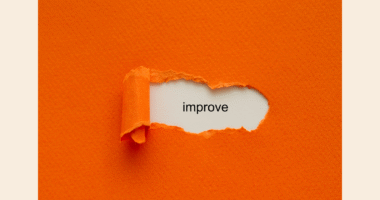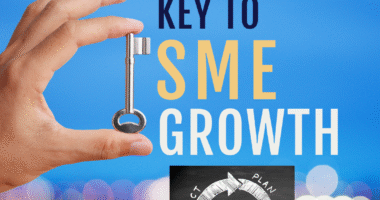Small and medium-sized enterprises (SMEs) often face resource constraints that make it challenging to maintain efficiency while growing. Implementing Kaizen, the Japanese philosophy of continuous improvement, can help SMEs optimize processes, reduce waste, and boost productivity without significant capital investment. This step-by-step guide provides a practical approach to applying Kaizen effectively in your business.
Understanding Kaizen in SMEs
Kaizen focuses on small, incremental improvements rather than radical changes. It encourages employee involvement, promotes a culture of problem-solving, and targets inefficiencies at every stage of the process. For SMEs, this approach is ideal because it requires minimal investment while yielding measurable results.
Key Principles of Kaizen:
-
Continuous Improvement: Make ongoing, small adjustments to processes rather than waiting for major overhauls.
-
Employee Engagement: Everyone, from management to frontline staff, contributes to improvements.
-
Waste Reduction: Eliminate unnecessary steps, resources, or time in workflows.
-
Standardization: Create repeatable procedures to sustain gains and prevent regression.
Step 1: Identify Areas for Improvement
Begin by evaluating your operations to identify bottlenecks, inefficiencies, or recurring problems. Tools like process mapping, time-motion studies, and workflow audits can highlight where improvements are most needed. In SMEs, even minor adjustments can result in significant productivity gains.
Step 2: Set Clear and Achievable Goals
Establish SMART goals (Specific, Measurable, Achievable, Relevant, Time-bound) for each area of improvement. For example, reduce order processing time by 20% within three months or decrease material waste by 15%. Clear goals provide focus and motivation for your team.
Step 3: Form a Kaizen Team
Assign a small, cross-functional team responsible for implementing and monitoring improvements. Include members who work directly with the processes in question, as their insights are invaluable. In SMEs, this team can be flexible and involve only essential staff to maintain agility.
Step 4: Implement Incremental Changes
Kaizen is about small, manageable improvements. Examples include reorganizing workspaces to reduce motion waste, improving communication between departments, or simplifying approval processes. Encourage employees to propose ideas and test changes on a small scale before full implementation.
Step 5: Measure, Review, and Adjust
Track results using key performance indicators (KPIs) such as production efficiency, error rates, or customer satisfaction. Regularly review progress, celebrate successes, and adjust processes as needed. Continuous monitoring ensures improvements are sustained over time.
Step 6: Foster a Kaizen Culture
For long-term success, Kaizen must become part of your SME’s culture. Encourage open communication, recognize employee contributions, and provide training on continuous improvement. Leadership should model Kaizen values to inspire the entire organization.
Implementing Kaizen in SMEs is a cost-effective strategy for enhancing efficiency, reducing waste, and building a proactive workplace culture. By following these step-by-step guidelines, small businesses can achieve continuous improvement and long-term success.









